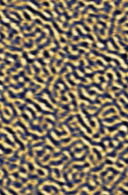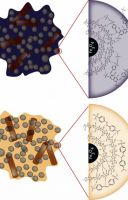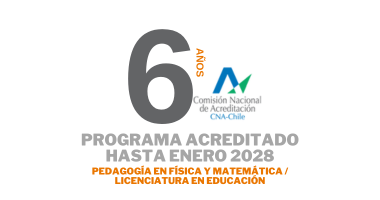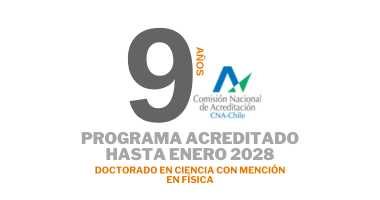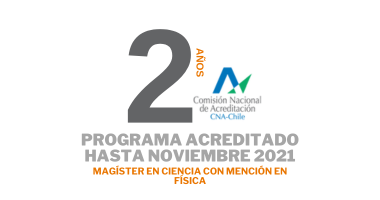Magnetismo
Investigadores Relacionados:
Dora Altbir Drullinsky
Sebastián Allende Prieto
Samuel Baltazar Rojas
Juliano C. Denardin
Juan Escrig Murúa
Simón Oyarzún Medina
Laboratorio asociado:
Magnetismo
Nanomagnetismo
|
|
First order reversal curve Hall analysisMagnetic skyrmions are non-trivial spin textures that resist external disturbances and are promising candidates for use in next generation spintronic devices. However, a major challenge in the realization of devices based on skyrmions is the stabilization of ordered arrangements of these spin textures under ambient temperature and zero applied field conditions. Multilayers of ferromagnetic materials (Co) interspersed with heavy metals with strong spin–orbit coupling (Pt and Ta), exhibit interesting properties, as the Dzyaloshinskii–Moriya interaction, which is an anti-symmetric exchange interaction that tilts the spins of neighboring layers, helps to stabilize skyrmions. In this work we study the formation and stabilization of magnetic skyrmions in Pt/Co/Ta films using a first order reversal curve (FORC) analysis, obtained from Hall effect measurements. The analysis of the FORC Hall diagrams was used to determine the intensity of the magnetic fields that should be applied to nucleate and stabilize skyrmions at remanence. Magnetic force microscopy images and micromagnetic simulations were compared to determine the correlation of the domain textures with the applied field and magnetic parameters of the multilayers.
|
|
|
Magnetic Porous Controlled Fe3O4–Chitosan NanostructureIn this work, chitosan/magnetite nanoparticles (ChM) were quickly synthesized according to our previous report based on co-precipitation reaction under ultrasound (US) irradiation. Besides ChM was in-depth structurally characterized, showing a crystalline phase corresponding to magnetite and presenting a spheric morphology, a “nanorod”-type morphology was also obtained after increasing reaction time for eight minutes. Successfully, both morphologies presented a nanoscale range with an average particle size of approximately 5–30 nm, providing a superparamagnetic behavior with saturation magnetization ranging from 44 to 57 emu·g−1. As ChM nanocomposites have shown great versatility considering their properties, we proposed a comparative study using three different amine-based nanoparticles, non-surface-modified and surface-modified, for removal of azo dyes from aqueous solutions. From nitrogen adsorption–desorption isotherm results, the surface-modified ChMs increased the specific surface area and pore size. Additionally, the adsorption of anionic azo dyes (reactive black 5 (RB5) and methyl orange (MO)) on nanocomposites surface was pH-dependent, where surface-modified samples presented a better response under pH 4 and non-modified one under pH 8. Indeed, adsorption capacity results also showed different adsorption mechanisms, molecular size effect and electrostatic attraction, for unmodified and modified ChMs, respectively. Herein, considering all results and nanocomposite-type structure, ChM nanoparticles seem to be a suitable potential alternative for conventional anionic dyes adsorbents, as well as both primary materials source, chitosan and magnetite, are costless and easily supplied.
|
For more information please visit us at:
www.cedenna.cl tuiter/CEDENNA
Proyectos Relacionados:
Centro para el Desarrollo de la Nanociencia y la Nanotecnología, CEDENNA
Combination of electrospinning and atomic layer deposition technologies as an innovative route for obtaining novel antimicrobial and antiviral nanostructures
Spin currents and magnetization dynamics in magnetic nanostructures
Publicaciones Relacionadas:

